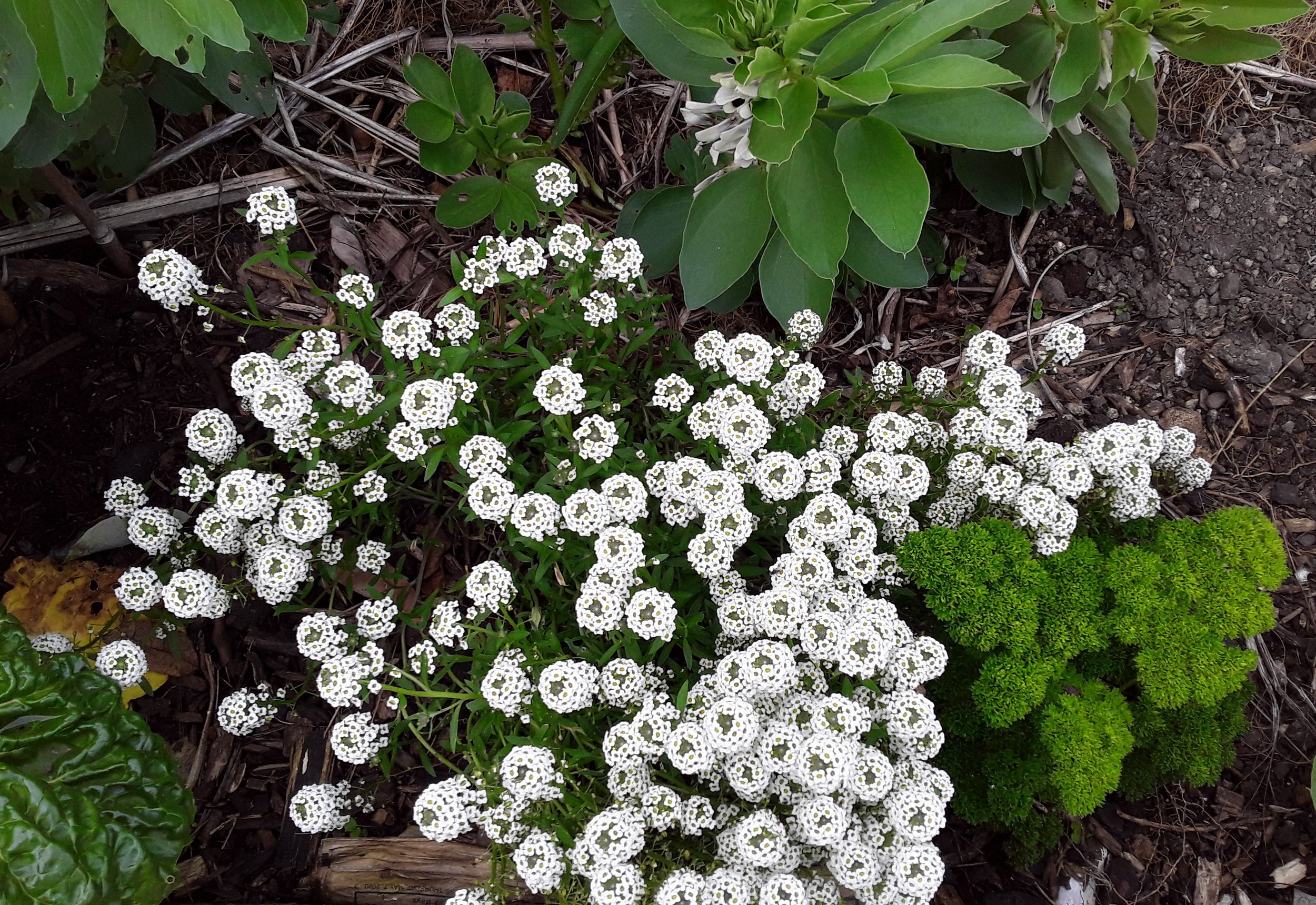Māra Kai - Food Gardens
Te Kura Kaupapa Māori O Tupoho - Castlecliff, Whanganui, New Zealand
Through building and caring for māra kai (food gardens) tamariki and rangatahi (children and young adults) grow confidence in their abilities, to raise, care for, and harvest their own kai.
These gardens also provide a resource to the kura wharekai (kitchen) and to kura whānau (family) contributing to local food security.
No herbicides or pesticides are used in our māra kai (food gardens) instead, we build the health of the plants and soil by maintaining a diversity of plantings , flowers and companion plantings. This also attracts beneficial insects/predators and bees for pollination. We use mulch to reduce evaporation and to keep soil temperatures more even through the seasons.
Initial works removed kikuyu grass runners which had dominated the area. We cover the soil with cardboard then tree mulch to suppress weeds and encourage worms and other soil activity. We cycle the kura food waste in compost bins and worm farms, with the finished compost returning to the beds, feeding the soil for the next generation of plants.
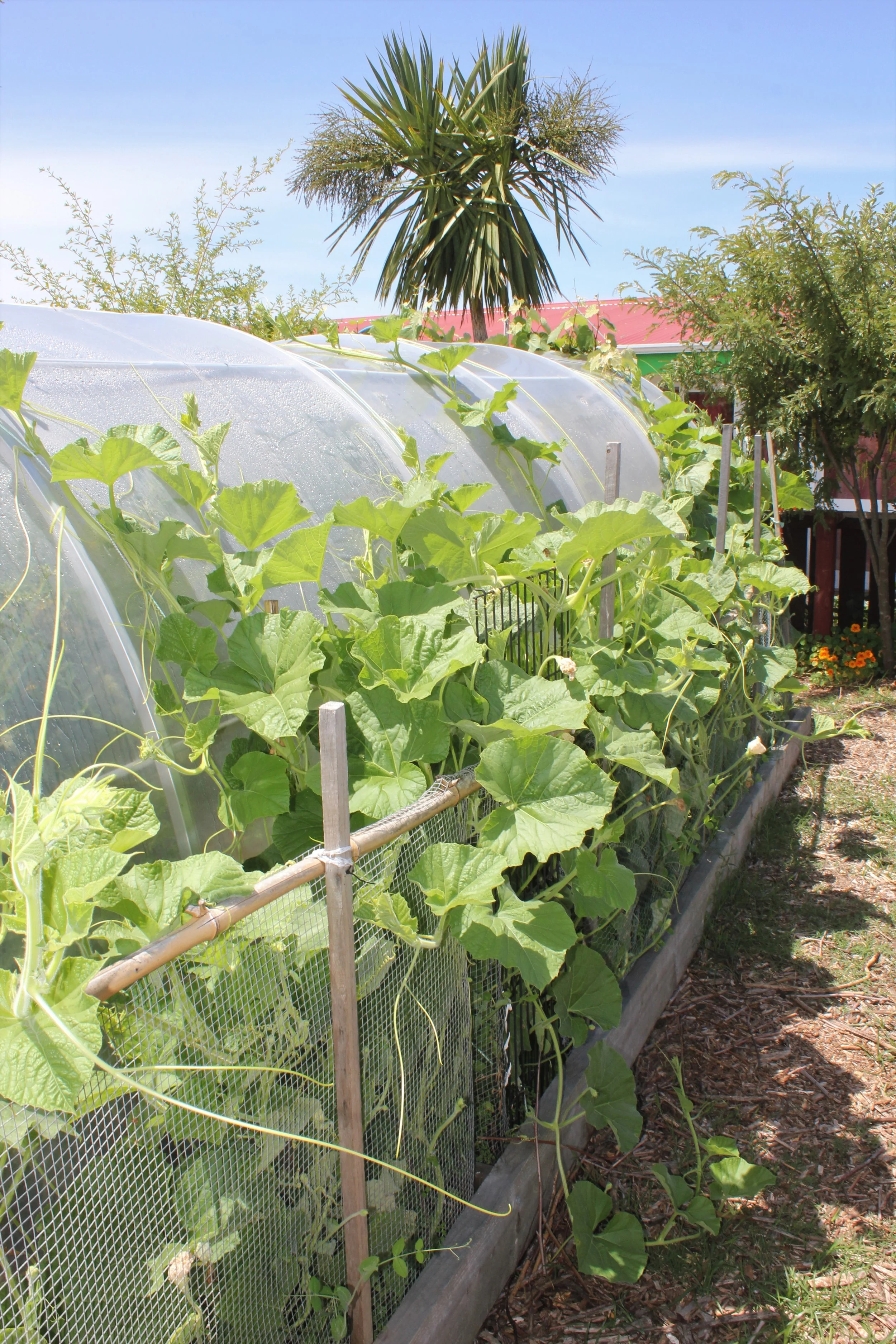












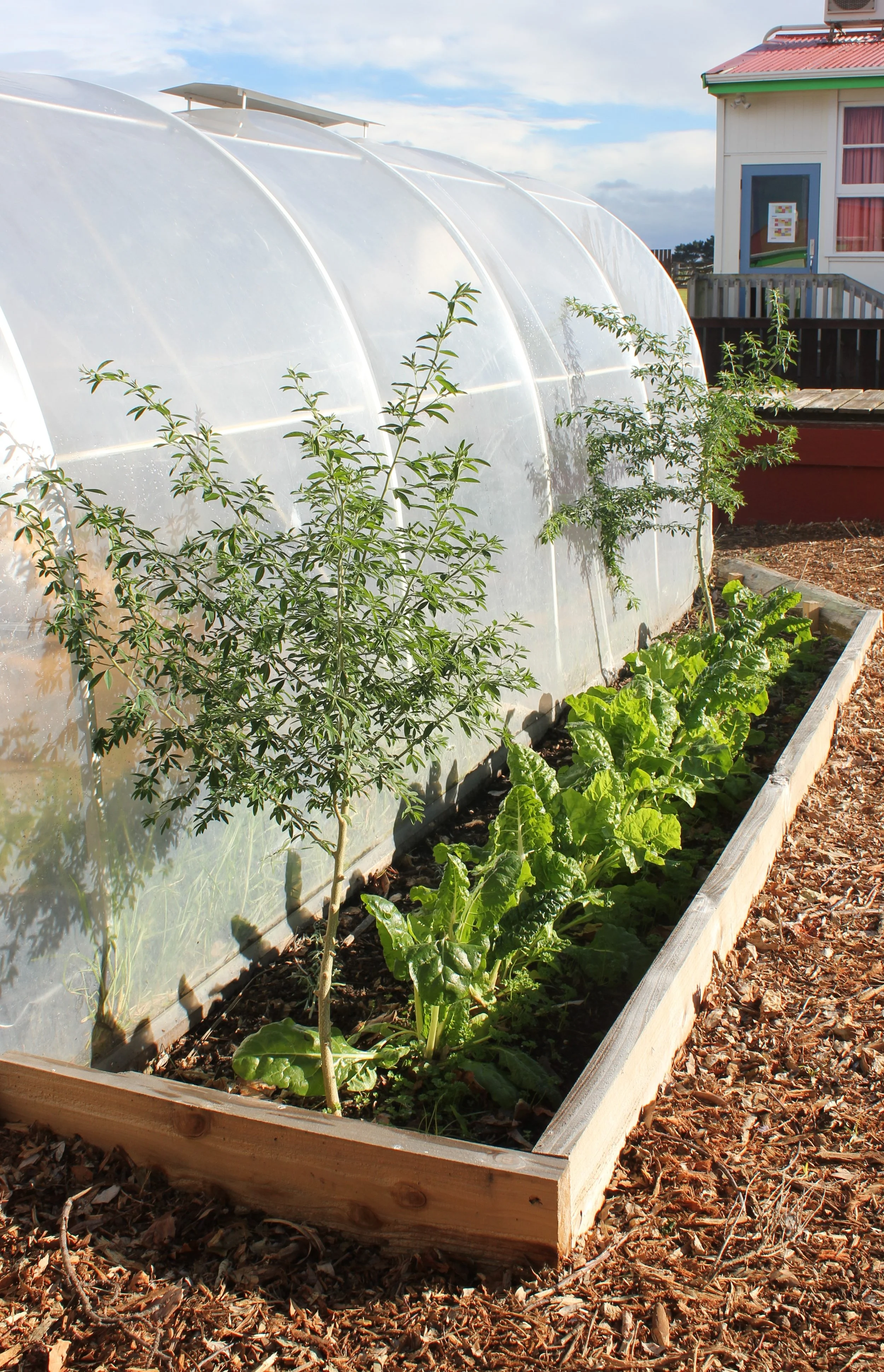
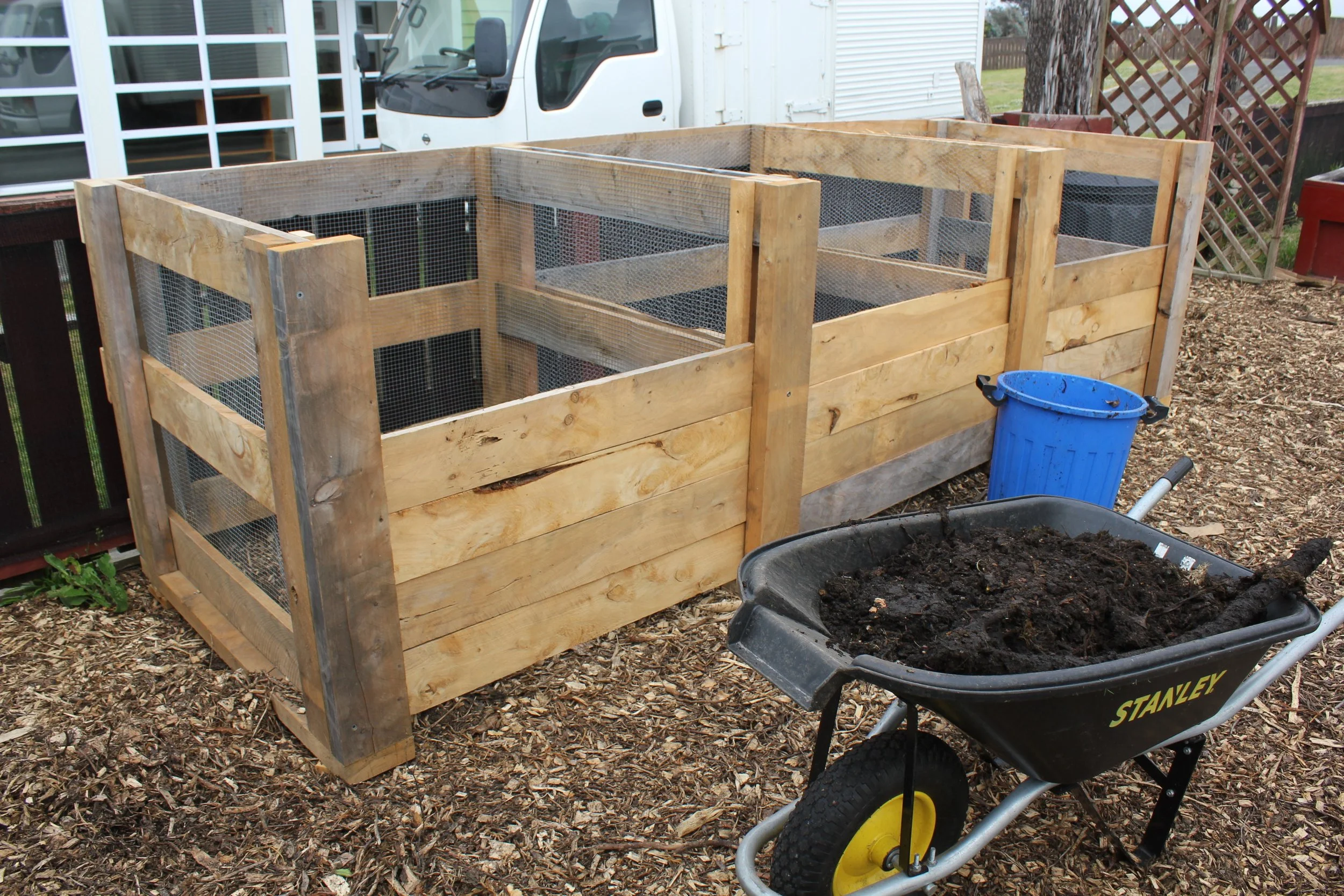

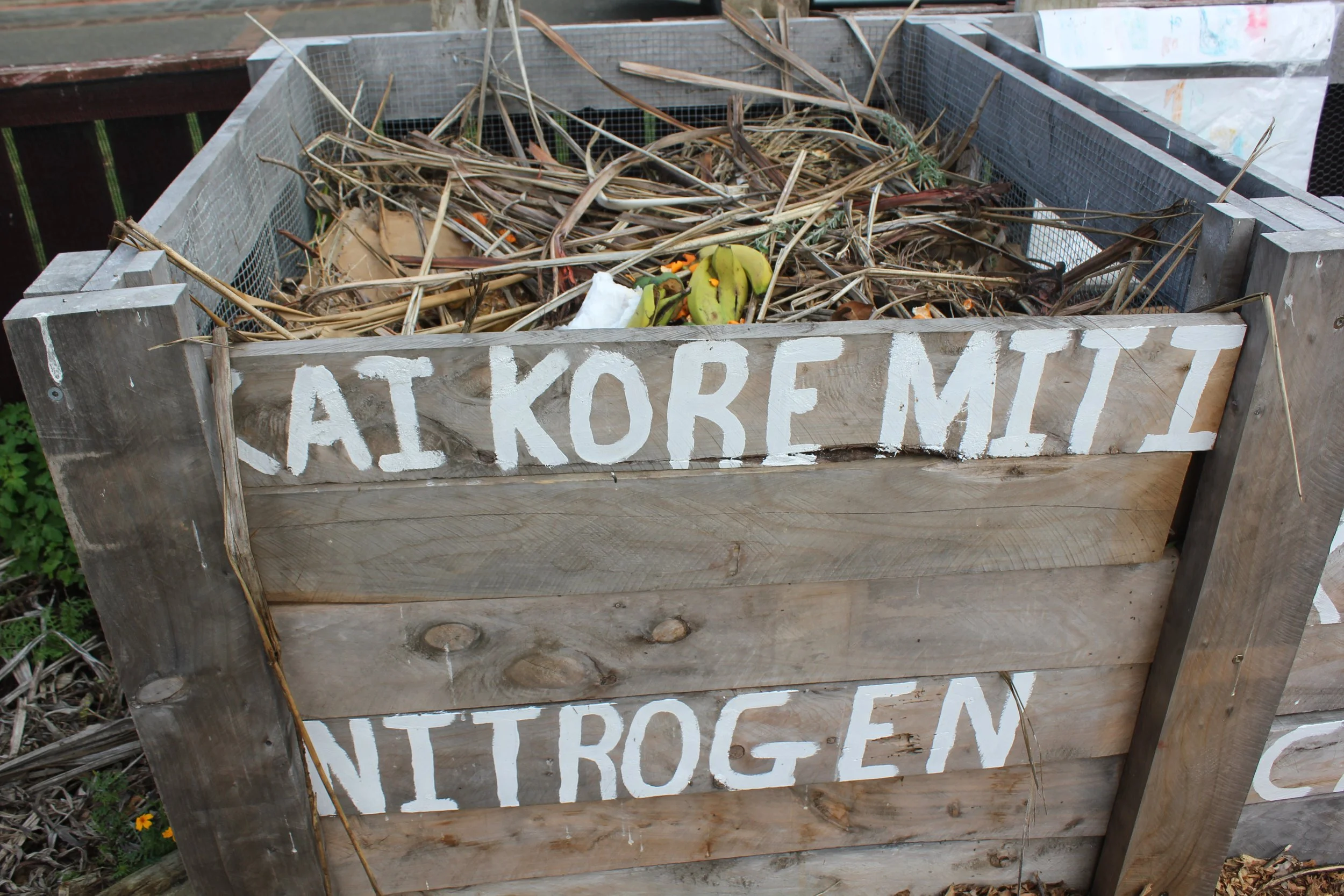





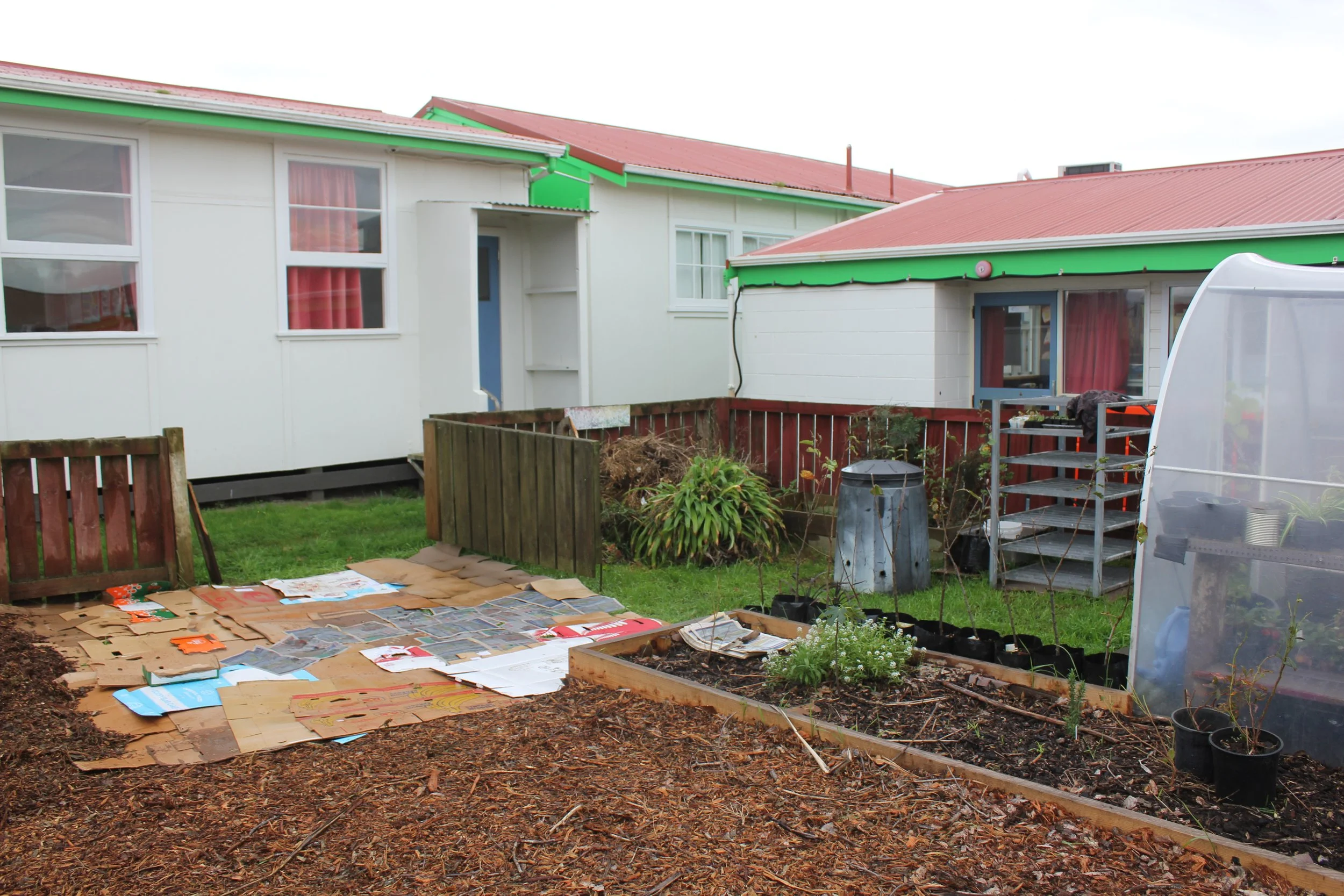
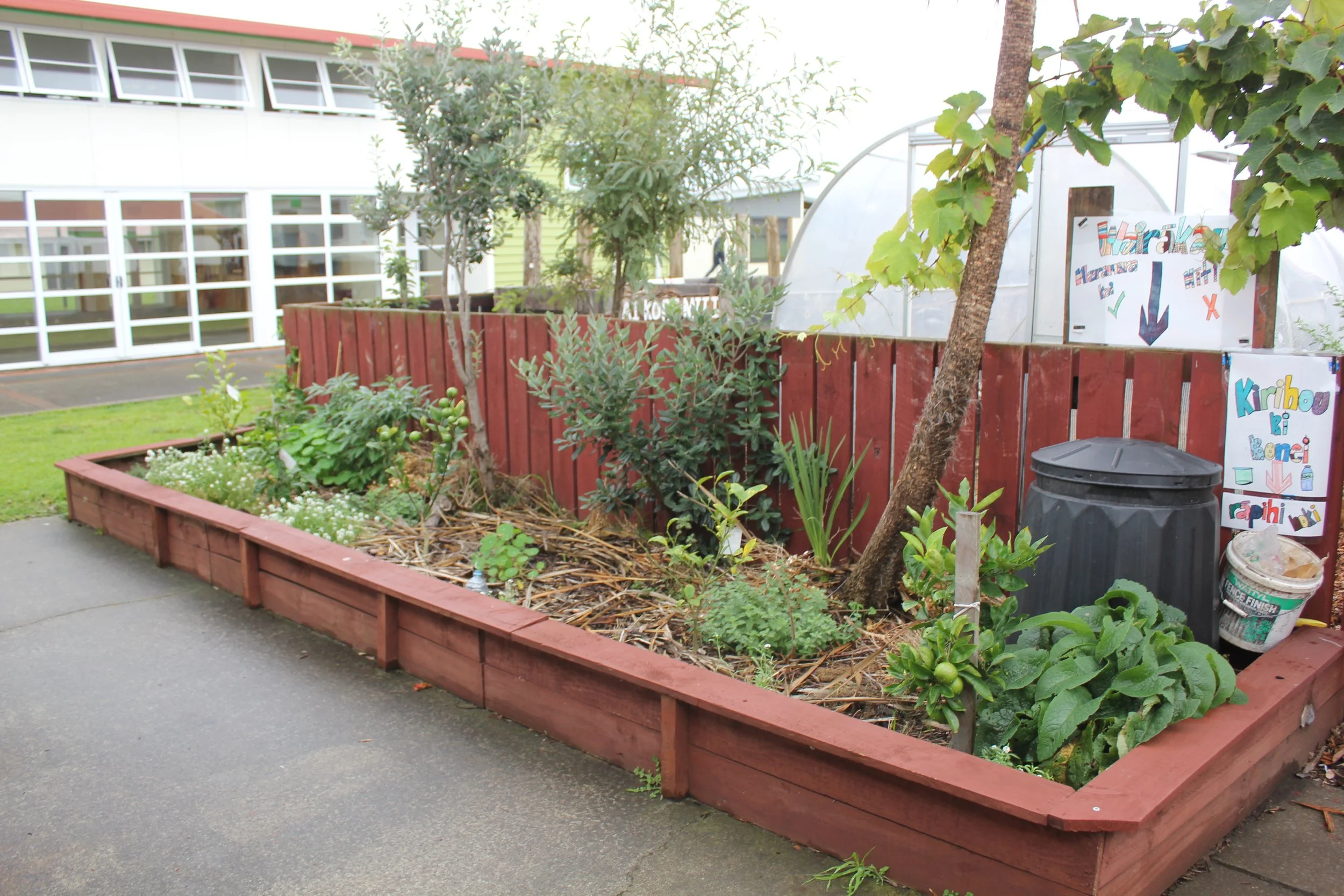






Summer is the most abundant season in the māra but also the most challenging with holidays, the māra kai has few visitors. For this reason we allow vegetables to go to seed, providing habitat for insects and bees, and ensuring an abundant supply of free seed for future planting. With diversity of plant life (and roots) the health of the soil is maintained with shade from plants cooling the soil.





